FitsAir, Sri Lanka’s first privately-owned international airline, and a part of Aberdeen Holdings, a diversified Sri Lankan business conglomerate, inaugurated its flight on the Colombo-Chennai sector on Monday, February 20. Chennai is also its first Indian destination.
Flight 8D 831/832, operated with an all-economy 180-seat Airbus A320, landed at the airport in Meenambakkam around 10.20 a.m., close to its scheduled time. It departed around 11.15 a.m. An airline spokesperson said it was a near-full flight.
Sri Lanka's FitsAir inaugurates flights on the Colombo-Chennai sector
The spokesperson said the tri-weekly flight — in the morning on Monday and Thursday, and on Friday, arrival at 7.30 p.m. — will be made a daily service in April.
https://twitter.com/aaichnairport/status/1627616024441782272
FitsAir’s extension to Chennai is part of the company’s ongoing expansion effort and demonstrates its commitment to providing customers with increased travel options and improved connectivity. The airline operates a modern fleet of 3 Airbus aircraft and employs a team of highly skilled and experienced professionals.
“We are pleased to announce the launch of our new service into Chennai, which will provide our customers a cost-effective and comfortable way to travel to this fast-growing city. We hope to strengthen our ties with India and catalyze the growing tourism between the two countries.”
Ammar Kassim, Executive Director, FitsAir
FitsAir is the fourth carrier to fly in the sector, the other airlines being Air India, IndiGo and Sri Lankan Airlines. Alliance Air, the Government of India’s feeder airline, operates in the Chennai-Jaffna sector.
Read next
Mega aircraft deals are large-scale agreements between airlines and aircraft manufacturers for the purchase or lease of a significant number of aircraft. These deals are usually worth billions of dollars and involve the acquisition of hundreds of planes.
The recent trend of mega aircraft deals is a result of the increasing demand for air travel worldwide, and airlines are expanding their fleets to meet this demand.
Also read - Indian carrier expected to order over 1,100 planes
Mega Aircraft Deals Boost Jobs.
Air India has placed an order for 470 passenger planes worth USD 80-100 billion from Airbus and Boeing. But Air India is not alone. Other Indian airlines such as IndiGo, Akasa Air, Vistara, and Go Air together have around 1,100 planes on order — which means the aviation market and allied sectors will have numerous job openings in the near future.
US President Joe Biden has said the Air India deal would provide “over a million American jobs across 44 states”. UK Prime Minister Rishi Sunak also tweeted: “With wings from Broughton and engines from Derby, this deal will support jobs around the country and help deliver one of our five priorities — growing the economy.”
Also read - Multiple Aircraft Types, Benefits Air India
The deal is not just expected to create jobs in the US and the UK but in India as well. According to agency reports, Air India will need more than 6,500 pilots to operate the 470 aircraft it is acquiring.
There would be vacancies for direct positions including pilots, cabin crew, and technical and non-technical staff. Indirect staff supporting the aircraft including airport staff, air traffic controllers, transport vendors, service providers, and others will also be needed.
Also read - Air India will require 6500+ pilots for the recently ordered 470 aircraft
The impact of these mega aircraft deals on job creation in the aviation industry cannot be overemphasized. As airlines expand their fleets, they require a corresponding increase in the number of pilots, cabin crew, and engineers.
After China and the US, India is the third-largest air passenger market in the world.
Pilots are responsible for flying the planes, cabin crew attend to passengers, while engineers are in charge of aircraft maintenance and repairs. These three job roles are crucial to the safe and efficient operation of an airline.
Furthermore, these mega aircraft deals have also led to increased competition among airlines. With more airlines competing for passengers, airfares have become more affordable, making air travel accessible to more people. This has opened up new markets and created more opportunities for the aviation industry to grow.
Also read - Air India and Vistara begin their integration process
Read next
Common services facility for MRO should be established in India to cut costs
Radhika Bansal
20 Feb 2023
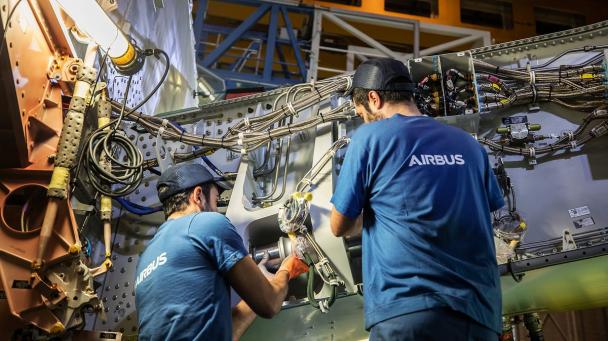
As Indian airlines seek to expand their fleet, former Union Civil Aviation Minister Suresh Prabhu has said the carriers should look at having a common services facility within the country for maintenance, repair and overhaul (MRO) works as that will help reduce costs.
With Air India placing orders for new aircraft after more than 17 years, he also said the airline should look at flying more on the profitable Gulf routes as well as restoring overseas "historical connections" which it used to operate earlier.
ALSO READ - From A350s to B777Xs, Air India finalizes the Historic 470 Aircraft deal with Airbus & Boeing
Prabhu served as the Civil Aviation Minister from March 2018 to May 2019 and during his tenure also efforts were made to turn around the loss-making Air India, which was finally taken over by the Tata Group in January 2022 under the government's disinvestment programme.
"We should work on having international aviation hubs in India as well as look at having some sort of a common aviation services facility that can be shared by all airlines. Such a facility will help in reducing costs as most of the aircraft in India goes overseas for MRO (Maintenance, Repair and Overhaul) works," he told PTI.
Common services facility for MRO should be established in India to cut costs
While noting that aviation is a challenging industry, BJP member Prabhu, who has also helmed various other Union ministries in the past, said that Air India should be operating at full scale and not at a sub-optimal level.
Earlier this week, Air India announced placing firm orders for 470 planes from Airbus and Boeing, and there is also the option to acquire another 370 aircraft.
"Ordering aircraft was a necessity for Air India… After the demise of Jet Airways, there has been a vacuum which is being filled partly by Vistara. With Air India's acquisition of a large number of aircraft, the vacuum can be filled to a large extent," he said, adding that bringing air connectivity to more Indian cities will also have a huge impact on Air India's profitability.
Jet Airways shuttered operations in April 2019 due to financial woes. India is the world's third-largest aviation market and domestic carriers are expanding their fleet as well as operations to cater to the rising air traffic demand.
"With the induction of new aircraft, Air India should also look at targeting the routes between India and Gulf countries where there is always a huge demand. The Gulf sector is also profitable. "In that segment, India always has the issue of reciprocity. Many Gulf carriers want to operate more flights to India but Indian carriers do not have enough capacity. As a result, fares on the Gulf routes have reached astronomical levels," he added.
According to him, with new aircraft, Air India should operate more flights in the Gulf sector and other routes which the airline used to fly earlier such as Cairo. "We still have reciprocal rights (with various countries)… Air India should look at restoring historical connections," Prabhu said.
For instance, Prabhu said there are a lot of Indian-origin people in East Africa but there is hardly any connectivity by Indian carriers and Air India should strategise properly for such routes. Besides, he said efforts should be made to have aircraft leasing and financing activities in India.
ALSO READ - Boeing launches Global Support Centre and new Logistics Centre in India
Read next
The Directorate General of Civil Aviation (DGCA) has shut operations of Aman Aviation, a Mumbai-based helicopter organisation, for three months after their inspection revealed that the firm tampered with the expiry date of the ‘distress signal’, a device that helps in locating passengers in case of an air accident, according to a report published in the Hindustan Times.
A DGCA official while confirming the development said, “A show cause notice was sent in December and its reply was not found to be satisfactory. It was then that Aman Aviation’s operations were ordered to be shut for three months.”
Despite repeated attempts, the chairman and managing director of the helicopter firm R Johri did not respond to the query.
According to its website, Aman Aviation & Aerospace Solutions, which was founded in January 2006, is a DGCA CAR 145 (civil aviation requirement) maintenance repair & overhaul company which is also approved by the Department of Transportation (United States). Later in 2010, it ventured into helicopter operations too.
A helicopter operated by the firm crashed in Mumbai’s Aarey colony in 2016, where the pilot along with a couple who were on a joyride on their anniversary, were killed.
The official added, “The approval of the organization was suspended in rating ‘C’ (Class components other than complete engine or APU) for their Mumbai and Delhi facilities and the acceptance granted to the post holders were also withdrawn.”
Officials aware of the matter said that the DGCA received a complaint against Aman Aviation after which the regulator conducted an inspection.
“Based on a complaint received, DGCA conducted an inspection of Aman Aviation & Aerospace Solutions Pvt. Ltd. wherein it was found that during the last shop visit of several survival kits, the organization had tampered with the expiry date on ‘Distress Signal’ and had carried out unapproved maintenance on ‘Age Limited Module’,” the official on the condition of anonymity said.
As per senior officials close to the matter, the firm is an approved organisation by DGCA for repair, inspection and maintenance of Oxygen Cylinders, Dinghy and Distress Signaling items which assure hope of passenger’s survival in case of a crash where the helicopter crashes into the sea/river.
“This is because these survival kits help the survivors to indicate their location by firing distress flares, by using Dinghy for shelter and lamp and Oxygen Cylinder for breathing,” an industry expert who did not wish to be named, said.
“Fortunately, unlike US and Europe India did not have any air crashes in sea/river in the recent past, or else with this type of criminality, none of the survivors could have been rescued as these survival items would not have worked to indicate the location and oxygen cylinders would not have supplied oxygen to the survivors. Such a deed is criminal in nature,” the expert added.
Speaking to aviation expert Mohan Ranganathan said, “Tampering of distress signal is a serious violation and punishment for the same should have been harsher. The firm’s operations should have been shut for at least a year.”
(With Inputs from The Hindustan Times)
Read next
On January 15, 2023, a Yeti Airlines ATR 72-212A was flying routinely between Pokhara International Airport (VNPR) and Kathmandu (VNKT).
Earlier in the morning, the same flight crew flew two sectors from VNKT to VNPR and from VNPR to VNKT. At VNPR, the mishap happened during a visual approach for runway 12. The crew members had flown three times that day, this being their third.
Also read: Yeti Airlines ATR-72 crashes in Nepal’s Pokhara; all the lives lost
Yeti Airlines ATR-72, registered 9N-ANC
Crew Information
Two captains were in charge of the flight; one was in the process of becoming familiar with the airfield so they could fly into Pokhara, and the other was the instructor pilot. The instructor pilot, sitting in the right-hand seat, was the Pilot Monitoring (PM), and the Captain, who was being familiarised, was the Pilot Flying (PF).
Anju Khatiwada, Pilot Flying (PF) the ATR-72
Progress of the flight
The launch, ascent, cruise, and descent to Pokhara were all normal. The ATC designated runway 30 to land after the aircraft made initial contact with the Pokhara tower. But, when the flight approached its final stages, the crew asked ATC for permission to land on Runway 12 and was granted it.
At 10:51:36, the aircraft descended further on Runway 12's downwind track, having come in from a height of 6,500 feet, five miles distant from VNPR. At 10:56:12, the pilots set the landing gear lever to the down position and extended the flaps to a 15-degree angle. On the power management panel, take-off (TO) was selected.
At 10:56:27, the Autopilot System was deactivated by the PF at a height of 721 feet AGL.
At 10:56:32, the PF then requested "FLAPS 30," to which the PM responded, "FLAPS 30 and descending."
Inferences Drawn
There was no flap surface movement noted in the Flight Data Recorder (FDR) data at that time.
Instead, the torque (Tq) started to drop to 0% and the Propeller Rotation Speed (Np) of both engines concurrently dropped to less than 25%, which is consistent with both propellers entering the feathered condition. Propellers don’t provide thrust when they are in feathering condition.
At 10:56:36, the Cockpit Voice Recorder's (CVR) area microphone captured a single Master Warning chime.
The "Before Landing Checklist" was then completed by the flight crew before beginning the left turn onto the base leg. The torque (Tq) of both engines was at 0%.
The investigative team noticed that both engines of 9N-ANC were operating in flying idle condition during the event flight to minimise over torque even though both propellers were feathered. According to the FDR data, all of the recorded engine-related parameters did not exhibit any anomalies.
At 10:56:50, another "click" sound was audible, and the time the radio altitude callout for 500 ft was announced. At this height, the aircraft's maximum bank angle was 30 degrees.
The Np and Tq data were still erroneous. Four seconds after that, the yaw damper disconnected.
The PM was advised by the PF regarding whether to make the left turn again, and the PM gave the go-ahead. The PM stated that it was not essential and gave the PF the order to apply some power after the PF questioned whether to continue descending.
At 10:56:54, when the surface of the flap moved to the 30-degree position, there was another click to be heard.
Seconds before crash
At 10:57:07, when ATC granted the clearance for landing, the PF said twice that there was no power flowing from the engines. The power levers were moved up to 62 degrees and then to their highest position at 10:57:11.
At 10:57:16, there was a "click" sound.
The aircraft began its last turn at 368 feet AGL one second after the "click" sound, and both engines' high-pressure turbine speeds (Nh) climbed from 73% to 77%.
It should be noted that at 10:57:18, the PF turned the plane over to the PM.
The PM (who had previously been the PF) said once more at 10:57:20 that there was no power coming from the engines. The stick shaker was activated at 10:57:24, while the aircraft was at a height of 311 feet above ground level, alerting the crew that the Angle of Attack (AoA) had climbed up to the stick shaker threshold.
A second stick shaker warning sequence began at 10:57:26 when the plane sharply banked to the left.
The cricket sound and stick shaker stopped after the radio altitude alarm for 200 feet was announced. The CVR recorded an impact sound at 10:57:32. Recording ceased on the FDR and CVR at 10:57:33 and 10:57:35, respectively.
The plane crashed at 10:57:32
Fatalities
The 4 Crew and 68 passengers, all perished in the crash.
Conclusion
The investigating team was able to reconstruct the flight paths of the incident flight and a subsequent flight on January 12 that included a different crew that landed on Runway 12 of VNPR.
The stabilising criterion for a visual approach could not be met at a height of 500 feet above ground level in any of the flights because of the shortened final approach leg for runway 12.
According to a preliminary investigative assessment, human error connected to a lever mix-up was probably to blame for the Yeti Airlines flight disaster in Nepal last month that killed 72 persons on board.
Source: FlightRadar24
Read next
Tata Sons owned Vistara and Air India have started their integration process as the two airlines look to complete the merger process expeditiously.
A team of senior executives from Air India and Vistara, along with consultancy firm Deloitte, has started the integration of human resources while law firm AZB Partners is working on legal and regulatory compliance, according to a report in The Economic Times.
Air India and Vistara announced a merger last year. As part of the merger with Air India, which the Tata Group acquired in January, SIA will invest INR 2,059 crore in Air India. Once the transaction is complete, SIA will hold 25.1% of Air India.
ALSO READ - Tata Sons to invest USD 1.5-1.8 billion in Air India – Vistara merger
The merger between the two entities is likely to be a smooth affair because Air India has inducted many former Vistara employees. More importantly, CEO and MD Campbell Wilson has worked with SIA and its low-cost carrier Scoot. The deadline for the merger is March 2024.
Air India and Vistara begin their integration process
The Economic Times reports that the non-flying staff of Vistara is being assessed for leadership roles through a process called the Hogan Test. The report quotes a person familiar with the matter as saying, “Team managers and members reporting to the management directly have already been assessed and in the next few weeks, the next level of employees will be assessed for their prospective role. Since the two airlines had executives in the same role, it needs to be carefully assessed on who will be given leadership or managerial role.”
Sources had already revealed in January that following interviews with external consultants and internal teams, the best fit among senior to mid-level executives will be retained for the post, and other candidates will be given a different role if available.
Bringing the pilots of the two airlines together to run the fleet of the merged airline while also taking the seniority of the cockpit crew into consideration is another challenging problem to solve. According to reports, some Vistara pilots are concerned about how the merger may affect their seniority as they join a new airline.
There will be a town hall with pilots from both airlines present, where topics including seniority and career advancement will be covered.
The merger will need the approval of key agencies such as the DGCA, the Ministry of Civil Aviation, and the Reserve Bank of India. The competition commissions of both India and Singapore will also have to give the go-ahead, as Vistara is a joint venture of the Tata Group and Singapore Airlines.
ALSO READ - From A350s to B777Xs, Air India finalizes the Historic 470 Aircraft deal with Airbus & Boeing
Air India recently placed a mega order for 470 aircraft with Boeing and Airbus as it plans to become a dominant player globally.
(With Inputs from The Economic Times)

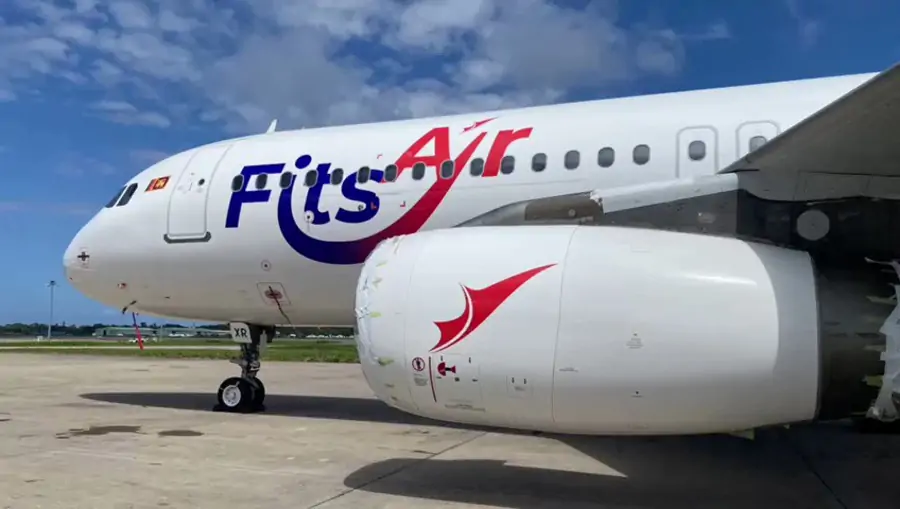


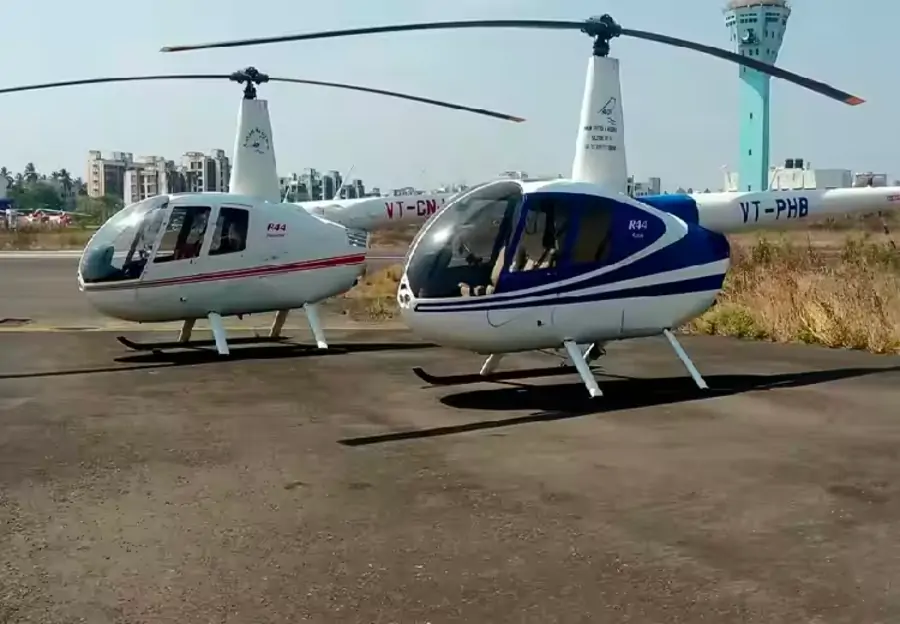

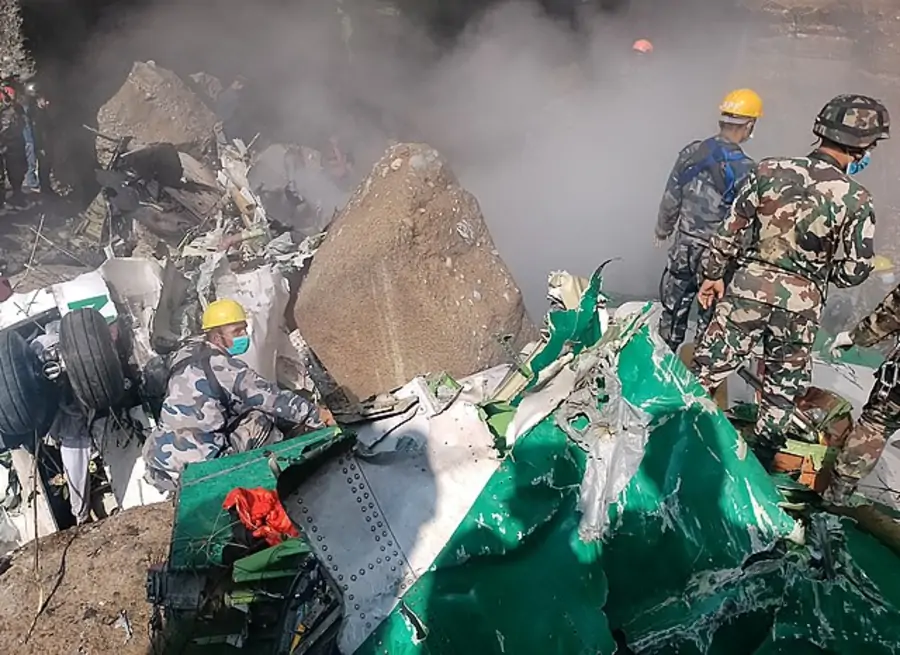
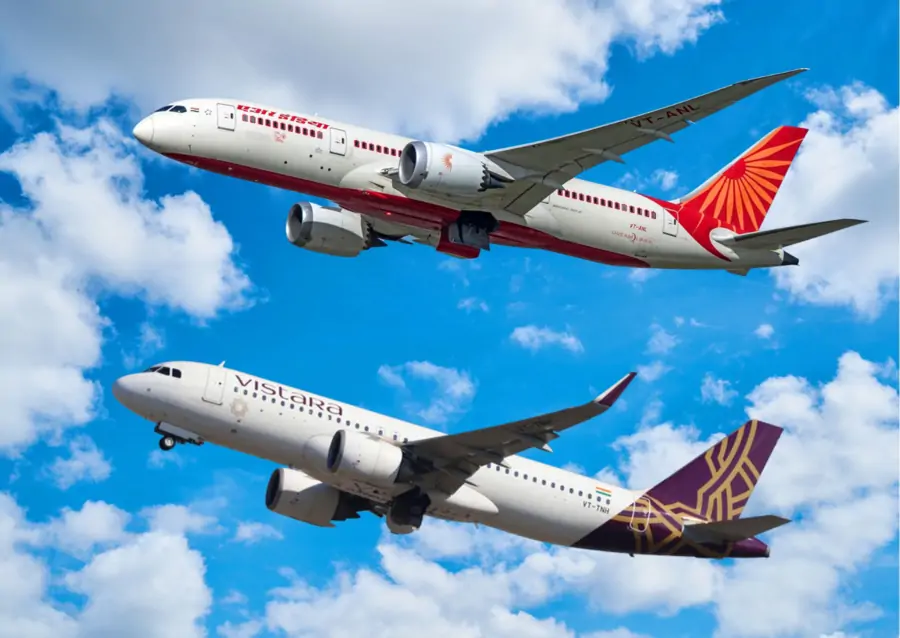
Comment